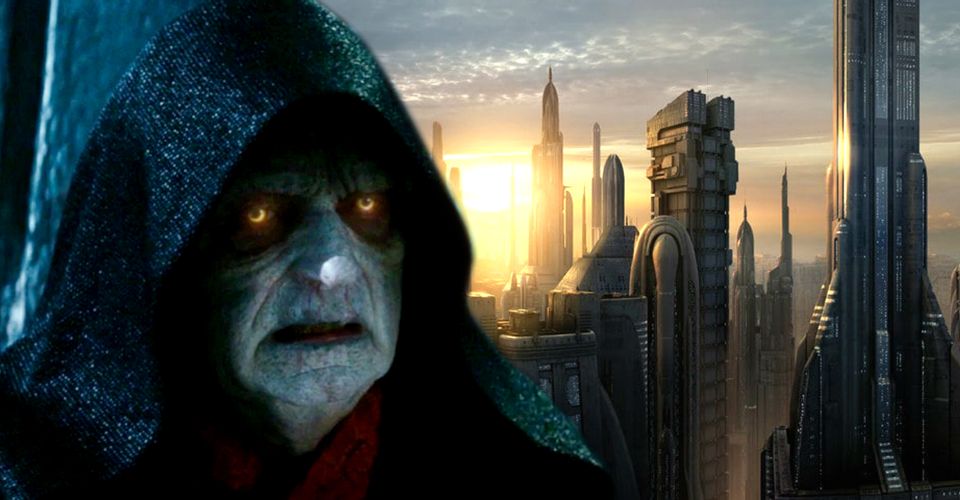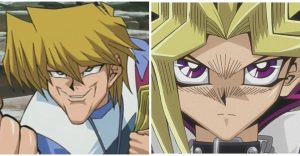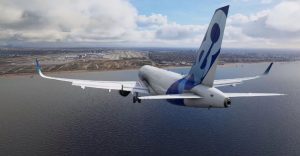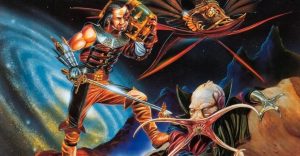Star Wars: What Happened To Coruscant After The Prequels

Coruscant was one of the most prominent locations featured in the Star Wars prequel trilogy, and the planet remained a crucial setting for decades that followed. The planet, which housed one trillion living beings, was covered by one large encompassing city full of towering skyscrapers. Not only was it the home of the Senate building, but Coruscant was also the location of the Jedi Temple. Here’s what happened to the planet following the formation, and eventual demise of the Galactic Empire, leading up to the events of The Mandalorian.
When Coruscant was first introduced in 1999’s Star Wars: Episode I – The Phantom Menace, the planet served as the capital city of the Galactic Republic. Primary to the commencement of the Clone Wars as seen in Star Wars: Episode II – Attack of the Clones, Sheev Palpatine became the Supreme Chancellor of the Galactic Senate. What was once the site of historical and political events soon became a dangerous setting due to the conflict between the Sith and the Jedi Order. Corruption plagued Coruscant, and after an attack on the city by Separatists, Palpatine was given more powers over the galaxy. In Star Wars: Episode III – Revenge of the Sith, Palpatine, who was really Darth Sidious, activated Order 66, causing a galaxy-wide purge of the Jedi Masters. Notable figures like Yoda and Obi-Wan Kenobi were then forced into hiding just as Palpatine ended the Republic and formed the Empire.
Although Coruscant hasn’t been seen in The Mandalorian, the planet was name-dropped multiple times during the season 2 episode, “The Siege.” While Din Djarin returned to Nevarro, he dropped off the Child at a newly opened school. The protocol droid instructing the children was discussing trade routes, mentioning Coruscant as the old capital before Chandrila was named the capital of the New Republic. Later in the episode, a New Republic X-wing pilot questioned Greef Karga about the destruction of a nearby Imperial base. The pilot wanted to see vessel logs, specifically in search of Din’s Razor Crest, but Greef assured him that they weren’t on Coruscant, revealing that the droid couldn’t identity something pre-Imperial. The mention only scratched the surface when it came to the events on the Coruscant between the prequels and the setting of The Mandalorian.
Coruscant Was The Site Of Unrest During The Age Of The Empire

Revenge of the Sith took place in 19 BBY, which was around the time that Palpatine renamed the location Imperial Center with the Jedi Temple transforming into the Imperial Palace. The landscape of the city greatly changed, as did the policies put in place against the citizens, causing unrest. Riots eventually broke up, especially after the destruction of Alderaan with the use of the Death Star, forcing Stormtroopers to restore order through violent means. Peace didn’t return until the fall of the Empire as well as Palpatine’s demise, but even those celebrations were short-lived.
Opposing sides continued to fight on Coruscant even after the New Republic reinstituted the Galactic Senate on Chandrila. It wasn’t until after the Battle of Jakku in 5 ABY did the Imperial remnants concede control of Coruscant over to the New Republic. Despite the change in politics, the planet became a hub for criminal syndicates. The lawlessness was most likely ramping up during the planet’s mention in The Mandalorian. It wasn’t until the rebellion against the First Order in the Star Wars sequel trilogy that citizens took part in another uprising to take back control.
About The Author


















